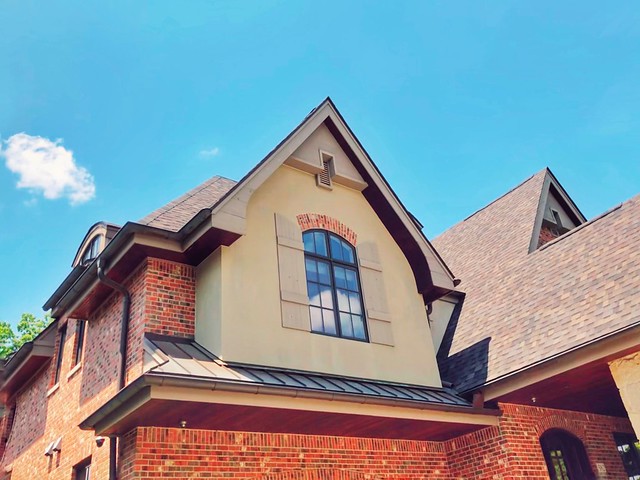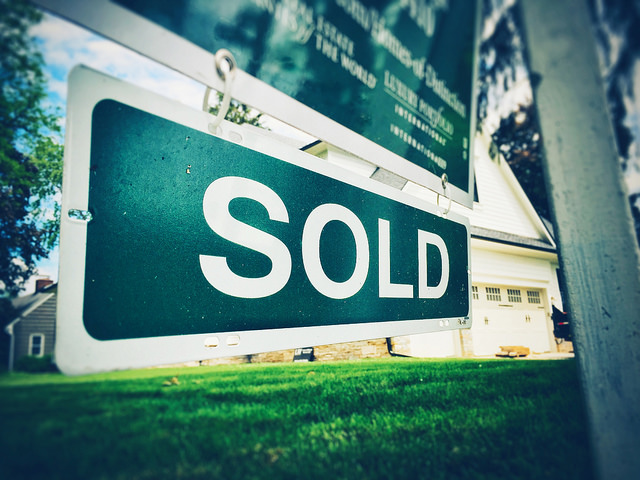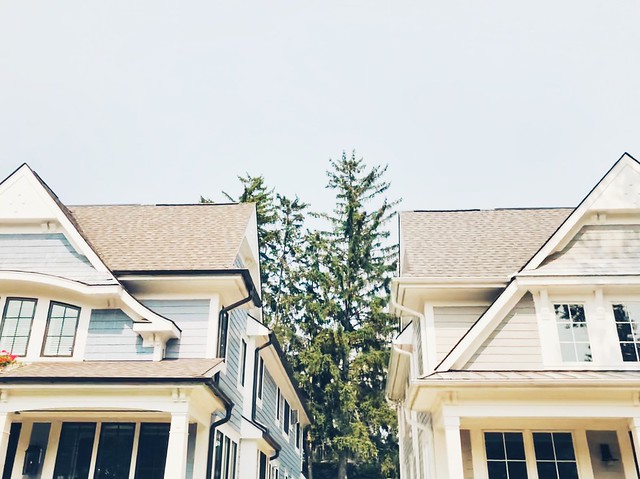According to the Mortgage Bankers Association’s Weekly Applications Survey, average mortgage rates increased last week from one week earlier. Rates were up across all loan categories, including 30-year fixed rate loans with both conforming and jumbo balances, loans backed by the Federal Housing Administration, and 15-year fixed-rate loans. The increases didn’t slow mortgage application demand, though. In fact, demand for loans was up 6.6 percent from the week before, with applications for loans to buy homes up 8 percent. Joel Kan, MBA’s associate vice president of economic and industry forecasting, says rates increased due to economic uncertainty. “Mortgage rates followed Treasury yields up in response to higher-than-expected inflation and anticipation that the Federal Reserve will need to raise rates at a faster pace,†Kan said. “Despite the increase in rates, application activity rebounded following the Memorial Day holiday week but remained 0.29 percent below pre-holiday levels.†The MBA’s weekly survey has been conducted since 1990 and covers 75 percent of all retail residential mortgage applications. (source)













